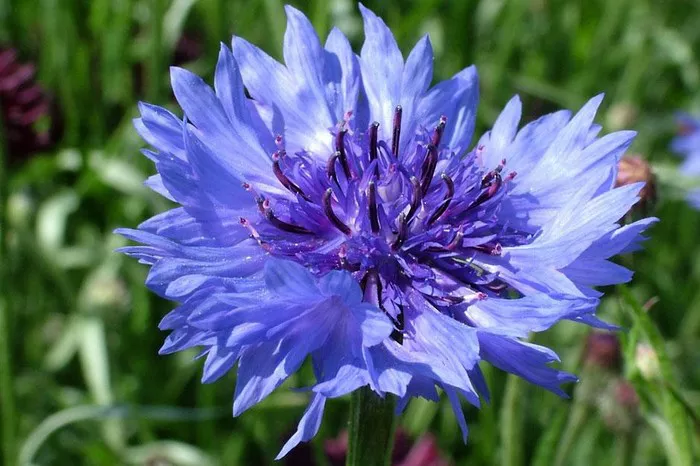Gardening enthusiasts often encounter questions about dividing flowers and tackling common garden problems. We explore the best practices for dividing peonies, caring for balloon flowers, and addressing hollyhock rust. Additionally, we provide insights into enhancing fall colors in your perennial garden using asters.
Dividing Peonies and Winter Pruning
Peonies, known for their vibrant blooms, require careful handling when it comes to division. While they don’t appreciate disturbances, they can be divided by gently unearthing the entire clump and then splitting it into halves or quarters, using a sharp knife or shovel. This task can be challenging due to their thick and brittle roots. Remember that smaller divisions will take longer to bloom again. Proper planting depth is crucial, as planting too deep may result in minimal or no blooms. It’s advisable to divide perennials approximately 4-6 weeks before the ground freezes to ensure that the roots become well-established. Also, refrain from cutting down peony foliage until it’s damaged by frost.
Balloon Flowers and Division
Balloon flowers (Platycodon grandiflorus), much like peonies, do not appreciate being disturbed. Their gnarled and brittle root system makes division a less favorable option. Should you attempt to divide them, anticipate that they may not bloom for a year or two after division.
Addressing Hollyhock Rust
Hollyhocks (Alcea rosea) can fall prey to hollyhock rust, a common fungal leaf disease. It spreads via wind, splashing rain, or overhead watering, particularly in warm and humid conditions. To control the disease, consider these steps:
Remove symptomatic leaves early on and dispose of them properly.
In the following year, apply a fungicide specifically labeled for hollyhocks before symptoms arise, following the directions diligently.
During your fall cleanup, ensure the removal of all hollyhock debris and avoid using seeds from infected plants.
Adding Fall Color with Asters
For those seeking to infuse their perennial garden with fall colors, asters (Symphyotrichum) are an excellent choice. These versatile plants come in various shades, including red, blue, purple, lavender, and white, with many hardy varieties suitable for Zone 3 climates. A few care tips for asters include:
- Opt for full sun for bushier growth, more blossoms, and robust stems.
- Plant them in well-drained soil and maintain regular watering.
- Promote good air circulation to prevent powdery mildew and rust on certain cultivars.
- Apply a modest amount of compost or organic fertilizer in spring, avoiding over-fertilization to prevent legginess.
- In June, pinch the plants back to around six inches to maintain bushiness and prolong the blooming period.
- Consider dividing asters every three to four years, as they multiply easily and make excellent cut flowers.
Gardening can be a rewarding endeavor, but knowing the right techniques for flower division and addressing common issues is essential for a flourishing garden. Whether it’s the delicate handling of peonies or the careful management of hollyhock rust, a well-informed approach is key to a vibrant and healthy garden.


